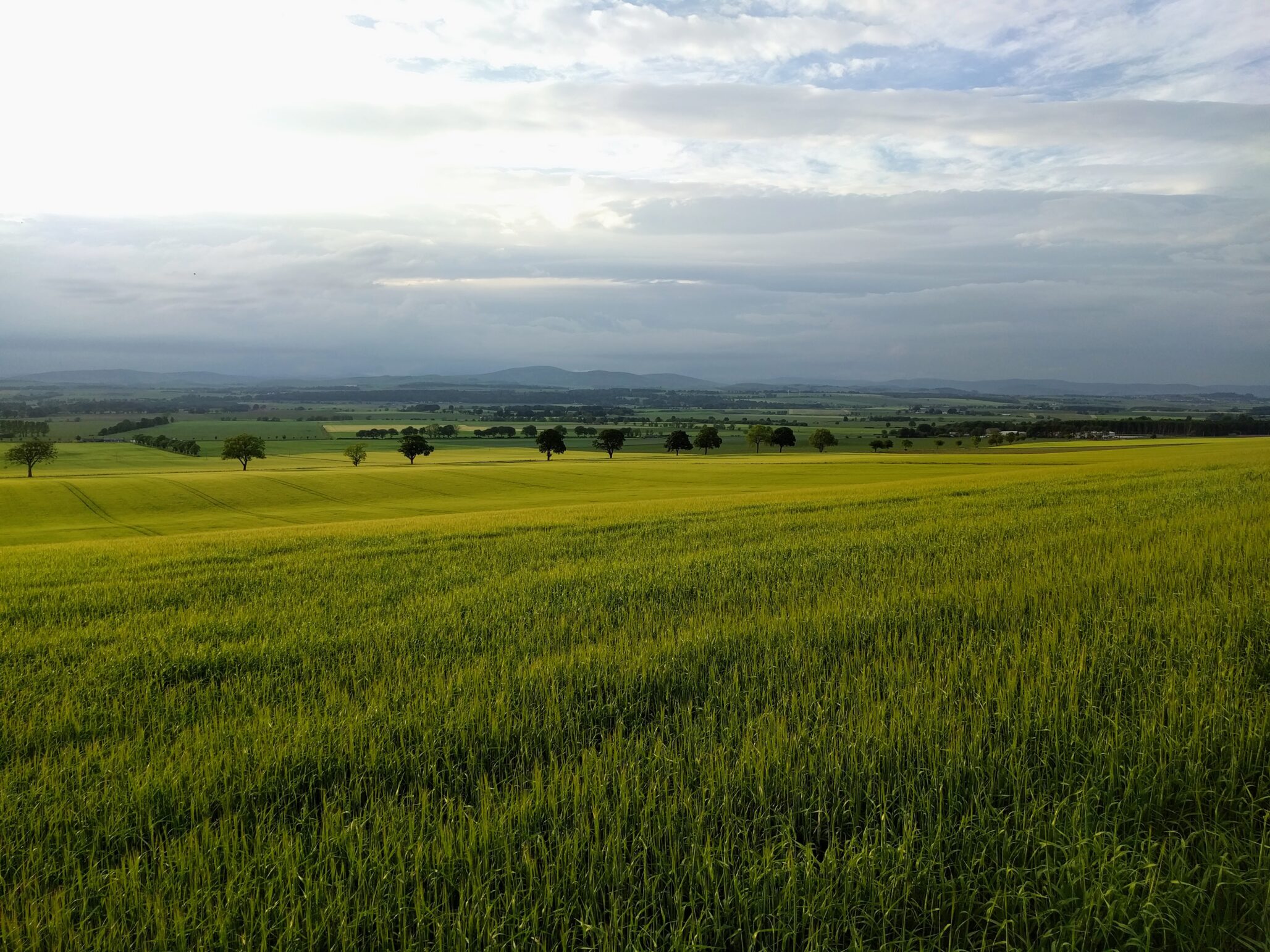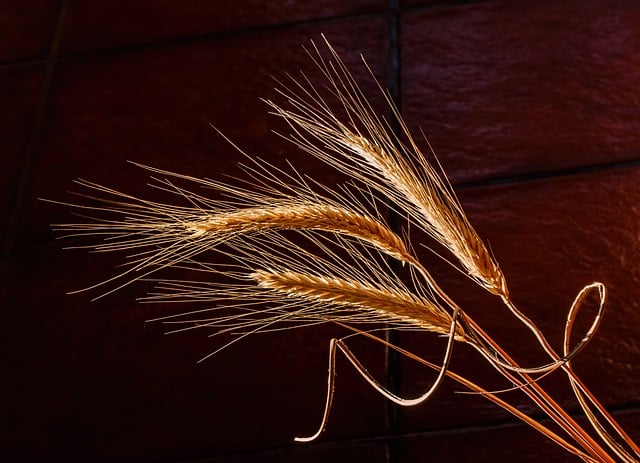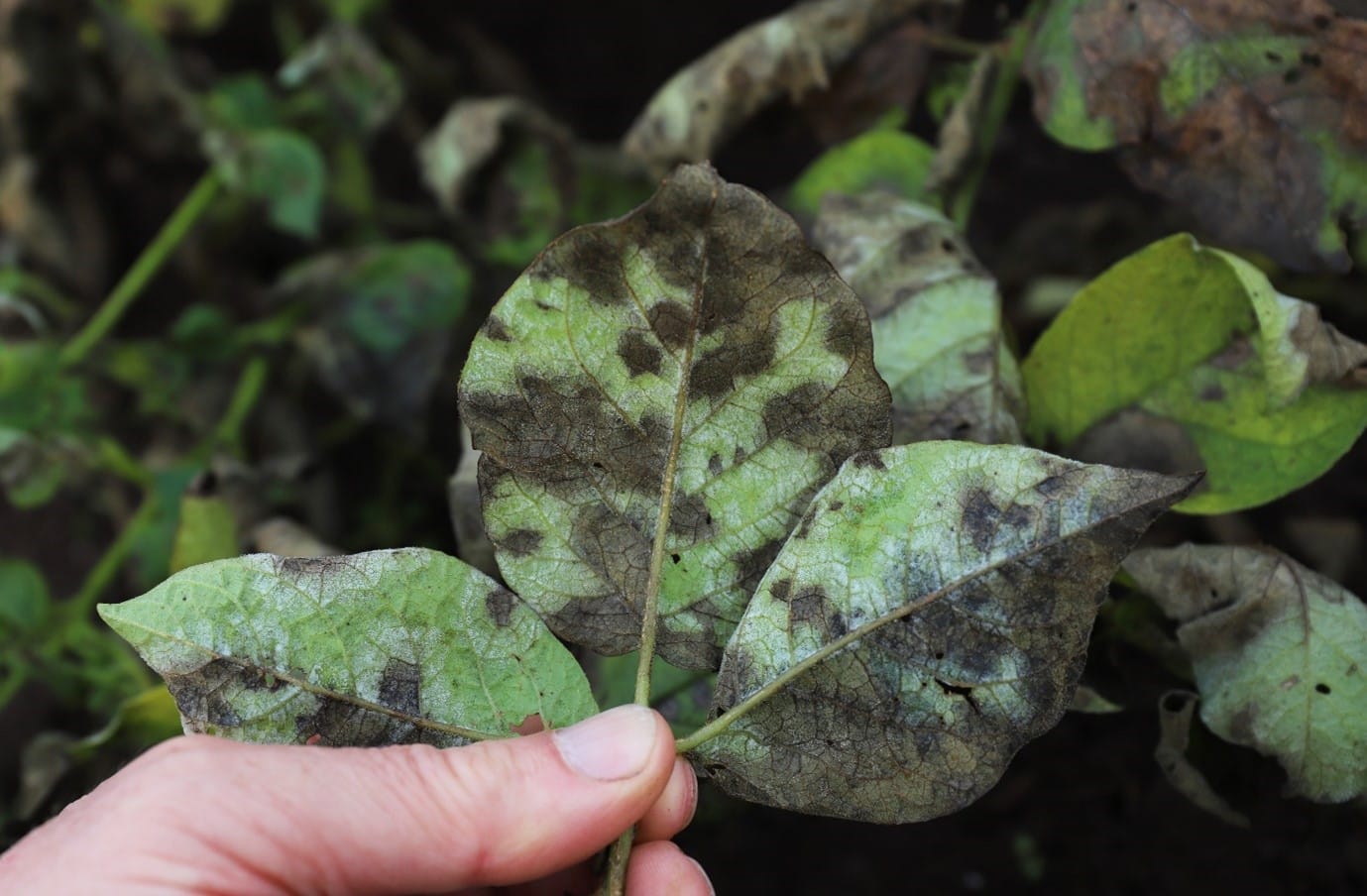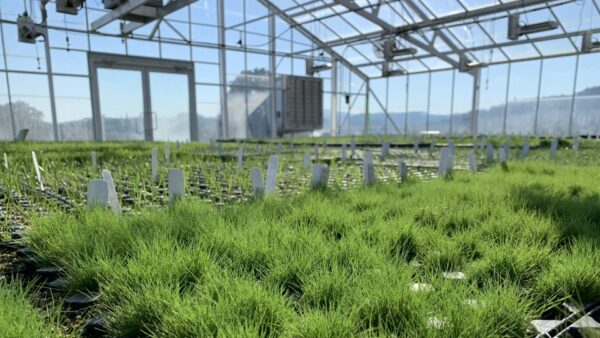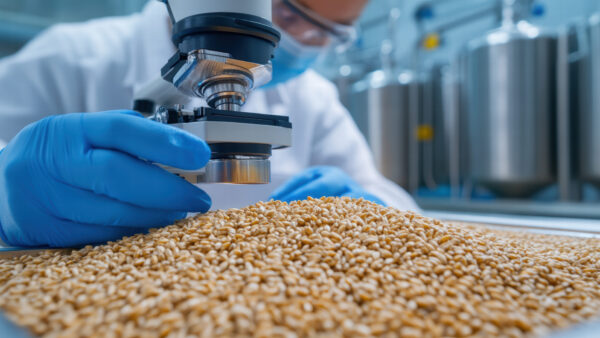A new study published in Nature Genetics presents research from The James Hutton Institute on crop plant genetics.
Hutton scientists at the International Barley Hub (IBH) who have been leading a 48-strong international consortium have found that different strains have very different patterns of switching genes on and off (known as gene expression).
The findings will form a foundation for future scientific studies that depend upon knowing dynamic patterns of gene expression within and between strains.
Despite all modern barley strains containing approximately the same number of genes, only a few produce ‘premium’ grains. This is because most genes contain variations that either modify their function or affect where, when or at what level they are switched on or off. As each type of variation can modify a gene’s role in the plant, it is the unique combination of barley’s >30,000 genes, that are patched together by plant breeders, that define whether a strain is destined to become ‘premium’ or not.
This study identified where, when and at what level all the genes in a globally representative collection of barley strains are expressed, according to a press release. The resulting data, which in the world of science is called a ‘Pan-Transcriptome’, showed that different strains may have very different patterns of expression, indicating that there are many ways to make a barley plant.
“This is the most in-depth study to date of how different strategies of switching genes on and off in different places and at different times are used to build a barley plant,” Prof. Robbie Waugh, director of the IBH, said. “Importantly, all our data is freely available as it represents an important resource for the global barley research community and barley breeders alike”.


